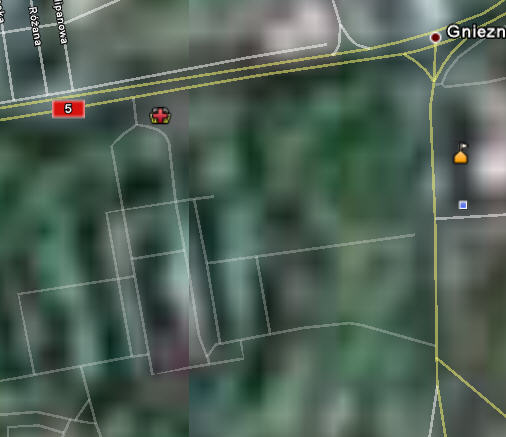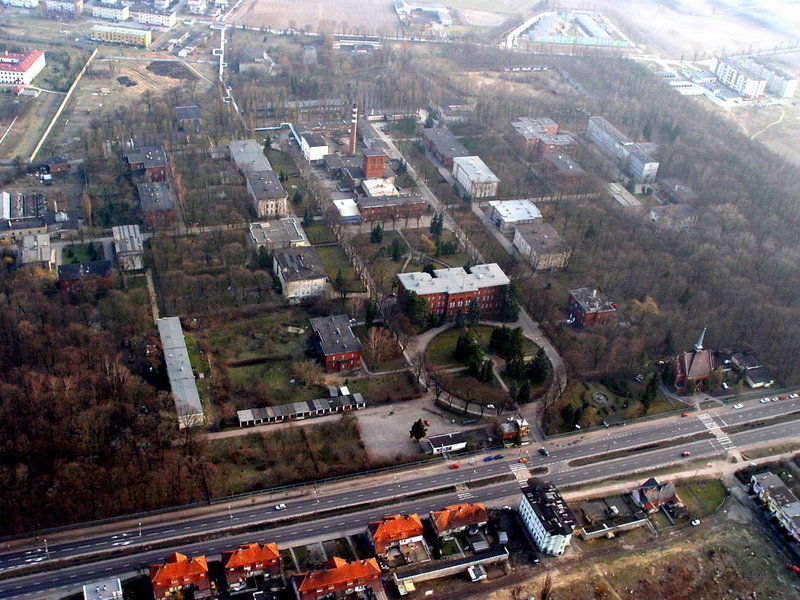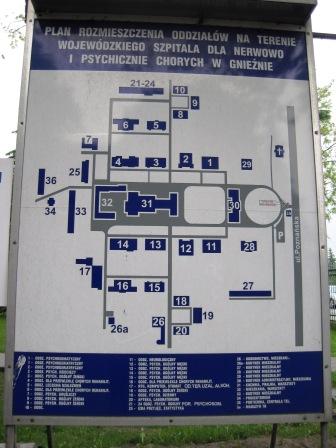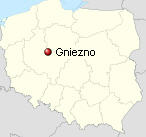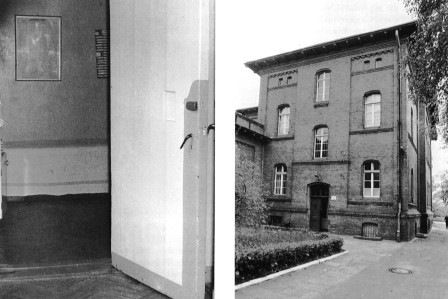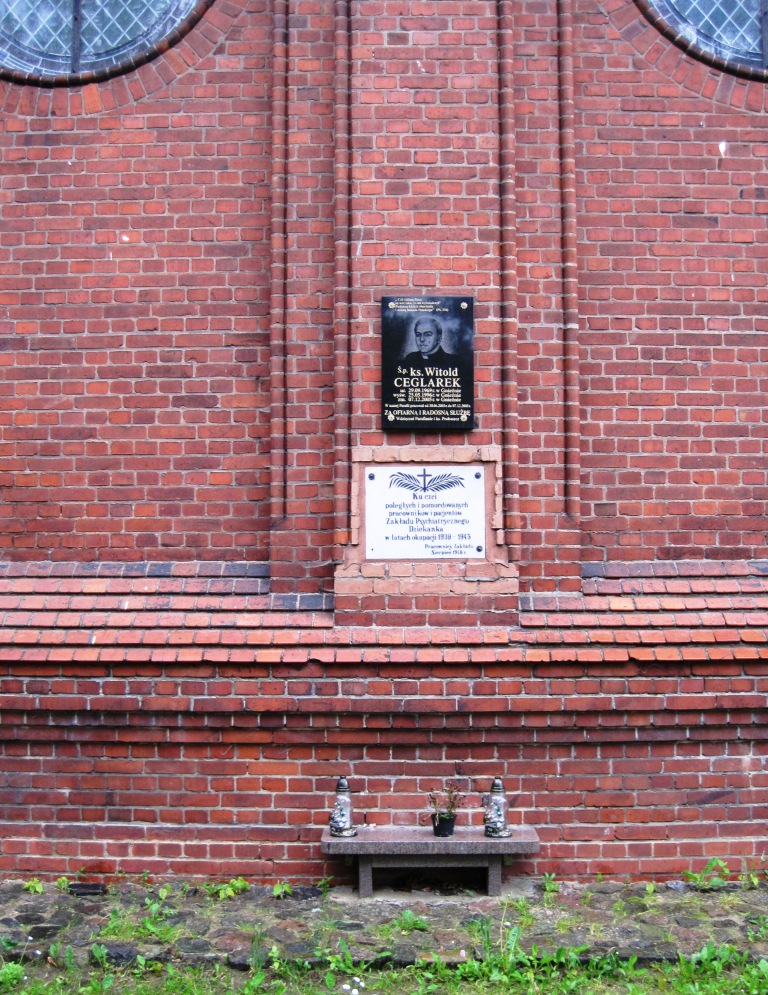———.
2014. Auslese für die
Siedlergesellschaft: Die Einbeziehung Volksdeutscher in die
NS-Erbgesundheitspolitik im Kontext der Umsiedlungen 1939–1945.
Göttingen: Vandenhoeck & Ruprecht
Nowak, Karolina. 2009. "Die Vernichtung 'lebensunwerten Lebens' im
Reichsgau Wartheland, 1939-1945." Master's Thesis in History, University
of Freiburg.
Schwanke, Enno. 2014. Die Landesheil-
und Pflegeanstalt Tiegenhof: Die nationalsozialistische Euthanasie in
Polen während des Zweiten Weltkriegs. Hamburg: Lang.
Topp, Sascha. 2004. “Der ‘Reichsausschuss zur wissenschaftlichen Erfassung
erb- und anlagebedingter schwerer Leiden’: Zur Organisation der Ermordung
minderjähriger Kranker im Nationalsozialismus 1939-1945.” Pp. 17-54 in Kinder in der NS-Psychiatrie, edited by Thomas Beddies and
Kristina Hübener. Berlin-Brandenburg: Be.bra Wissenschaft.
———. 2005. "Der 'Reichsausschuß zur
wissenschaftlichen Erfassung erb- und anlagebedingter schwerer Leiden':
Die Ermordung minderjähriger Kranker im Nationalsozialismus 1939-1945."
Master's Thesis in History, University of Berlin.
Wunder, Michael, Ingrid Genkel, and Harald Jenner. 1988. Auf
dieser schiefen Ebene gibt es kein Halten mehr: Die Alsterdorfer
Anstalten im Nationalsozialismus. Hamburg: Agentur des Rauhen
Hauses.
Last updated on 13 March 2015
